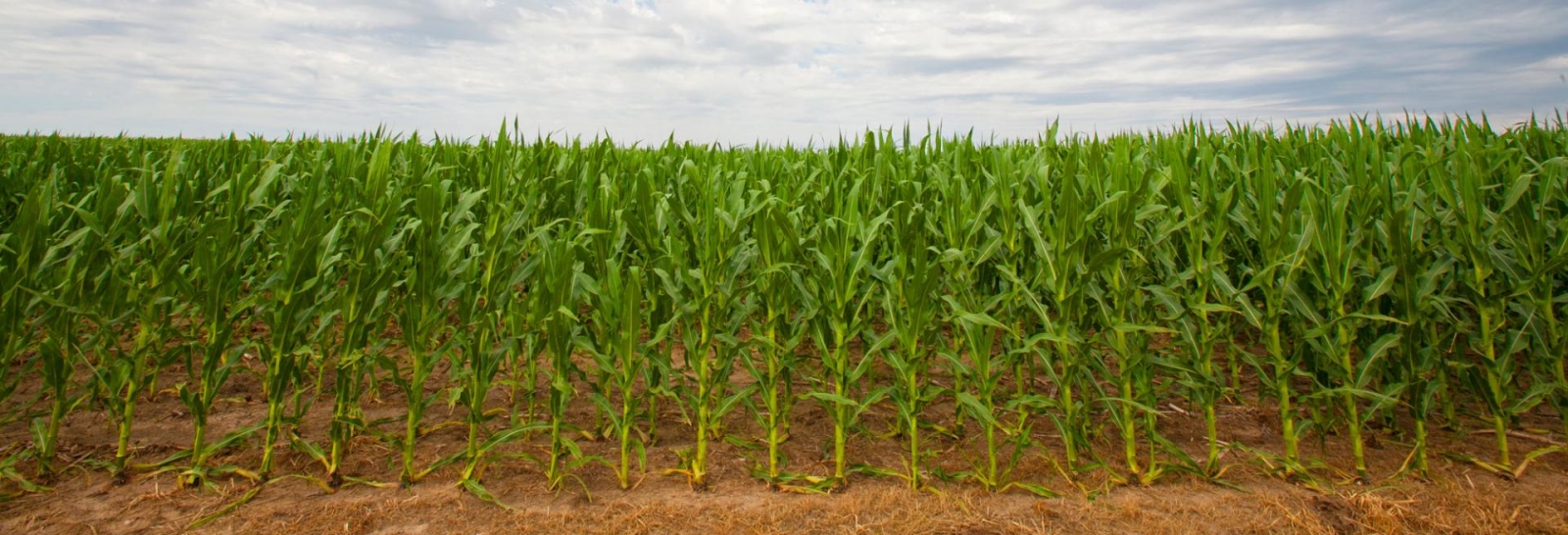July 20, 2011
This content requires Flash Download the free Flash Player now!
//
Get The Code to Embed This Audio Clip
The frequent rains and stormy conditions earlier in the year resulted in bacterial blight being prevalent this year in soybean fields. Bacterial blight caused by Pseudomonas syringae pv. glycinea is present across Nebraska.
|

Bacterial blight on soybean (Photo by Loren Giesler) |
Bacterial blight on soybean will appear as angular lesions that begin as small yellow to brown spots on the leaves. The centers of the spots will turn a dark reddish-brown to black and dry out. A yellowish-green “halo” will appear around the edge of water-soaked tissue that surrounds the lesions. Eventually the lesions will fall out of the leaf and the foliage will appear ragged.
Disease Development
Conditions favoring bacterial blight include storm damage that creates entry points for disease and wet conditions with milder temperatures. The optimum temperature for development is around 75°F.
Infections usually start in the lower portion of the canopy or on plant parts with storm damage. New growth will often appear healthy.
The much warmer temperatures this week should stop any further development and the disease should go away. Bacterial blight usually is not a yield limiting problem in Nebraska.
Management
If bacterial blight is a problem, avoid traffic in these fields when wet so as not to spread the bacterium. If you are making final herbicide applications, spray fields with blight later in the day.
More Information
For more information on bacterial blight of soybean, visit the Soybean section of CropWatch and look under Disease Management or visit the Plant Disease Central website at: http://pdc.unl.edu/agriculturecrops/soybeans/bacterialblight.
Loren Giesler
Extension Plant Pathologist
